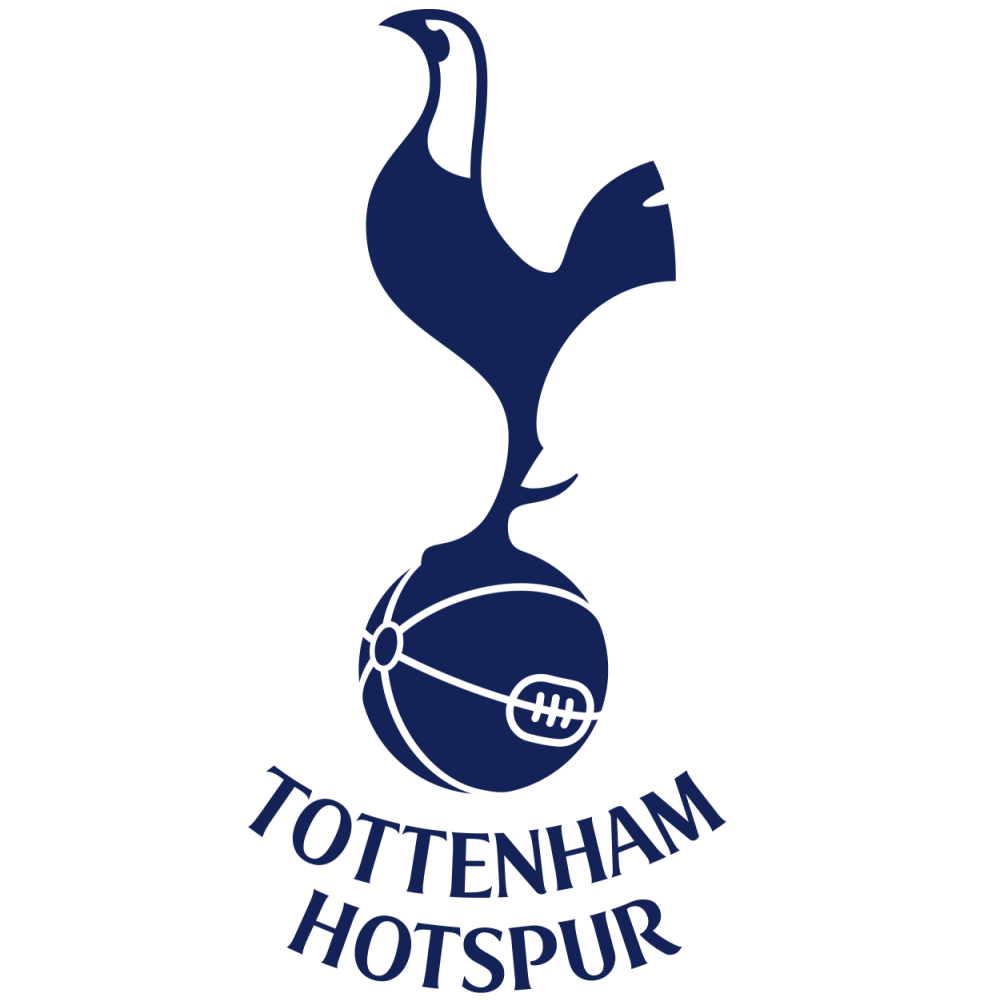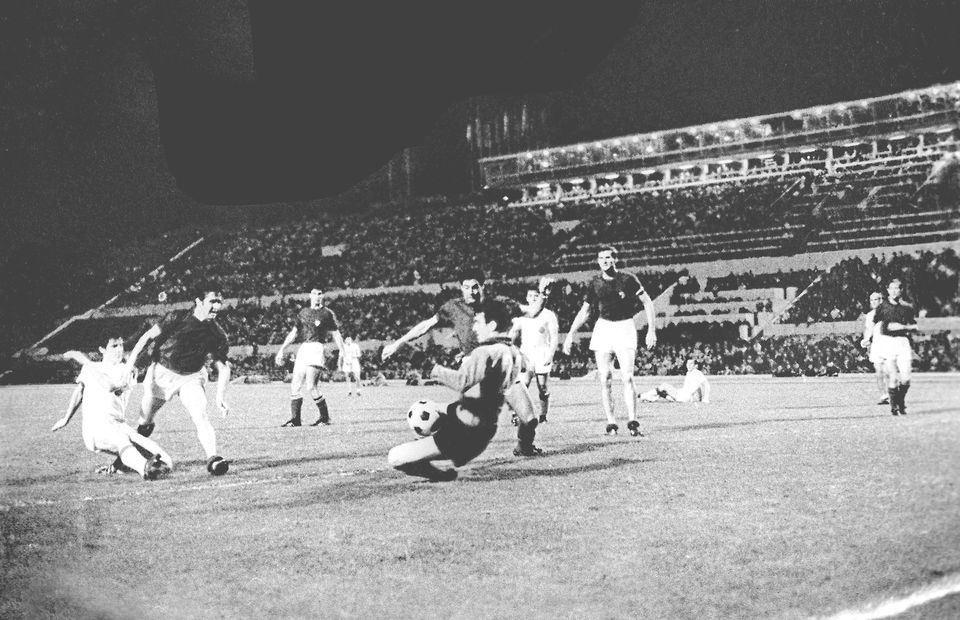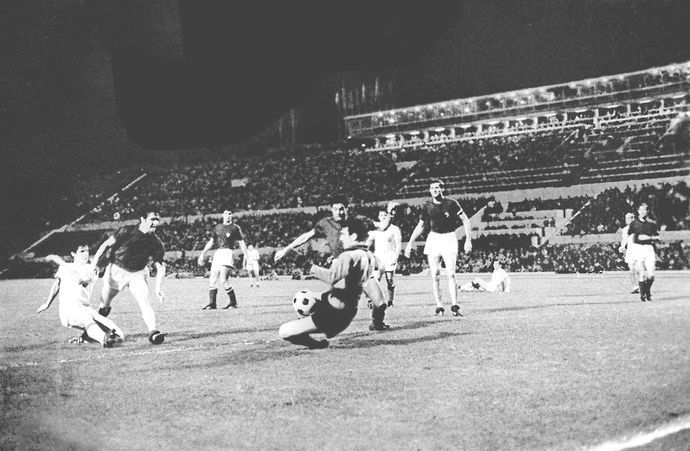The referee placed the coin tight between his thumb and forefinger and gestured to Italy captain Giacinto Facchetti to make the call. "Tails" came the reply. The official then moved his hand upwards swiftly, while flicking his thumb, sending the old coin spinning through the air.
Unusually, this wasn’t a coin toss to decide who would kick off first or who would play at which end, this was a toss to decide who would progress to a European Championship final.
It’s often claimed that penalty shoot-outs are just a lottery but while luck can play a huge part, technical ability can also come into play. Throw in some nerve-shredding tension and you have a spectacular, if imperfect, method of breaking a stalemate.
With shootouts commonplace in the modern game, it’s hard to imagine football matches were once decided by the toss of a coin or the drawing of lots. But before shoot-outs were introduced in 1970s, many high-profile international games were decided this way.
Back in 1954, Spain beat Turkey 4-2 on aggregate in a two-legged World Cup qualifier having won and lost a leg. With no aggregate rule in play back then, the teams had to contest a third match which ended 2-2 resulting in the drawing of lots, which went Turkey’s way.
A decade later, Liverpool and Cologne played out two tedious 0-0 draws in the 1964-65 European Cup quarter-finals before the third game in Amsterdam ended 2-2. After the full-time whistle, Reds’ captain Ron Yeats correctly called a coin toss in the centre circle to send his side through to the semi-finals to face Inter.
In the 1968 European Championships, an extended qualification format meant just four teams contested the finals. Hosts Italy were drawn against the Soviet Union, the team that had dumped them out of both the 1966 World Cup and the 1964 Euros.
The USSR were missing striker Igor Chislenko and defender Murtaz Khurtsilava but there was still a feeling of anxiety as the Azzurri faced their old foes in Naples. That feeling was amplified when playmaker Gianni Rivera suffered a knock early on and had to leave the field. With no substitutes permitted back then, Italy had to play on with 10 men.
Both teams took a cautious approach with few chances created before the game entered extra time. Italy were further rocked when Giancarlo Bercellino picked up a knee injury forcing a switch of formation from Coach Ferruccio Valcareggi.
The Soviet Union enjoyed a dominant spell before the interval but could not break the deadlock. With the final whistle looming, Italy had one final chance but Angelo Domenghini’s effort hit the post and the game ended goalless. The two captains and the referee then disappeared into the dressing room to make the coin toss, while 70,000 spectators waited in anticipation.
The coin reached its zenith, then began its descent as both captains looked on. As it came to rest, the outcome was revealed. A few minutes later, Facchetti emerged from the tunnel. There was a collective draw of breath from the crowd before the captain threw his hands in the air, sparking wild celebrations. The coin had landed tails and Italy had finally overcome the Soviet Union in a major tournament.
The final against Yugoslavia in Rome was also a tight encounter but a goal from Dragan Džajić before half-time forced the Italians to chase the game. Rajko Mitić’s men held on until the 80th minute when Domenghini equalised, taking the match to extra time.
With neither side able to break the deadlock, the final went to a replay. Valcareggi made five changes for the second game, most notably recalling Luigi Riva - a decision that proved decisive when the Cagliari striker bagged the crucial opening goal.
When Pietro Anastasi added a second after 31 minutes there was no way back for Yugoslavia and Italy coasted to their first and only European Championship title to date, thanks in part to the simple toss of a coin.
Penalties had already been used in various competitions by 1968 but were not widely adopted by international bodies until the 1970s when the post-match coin toss was finally condemned to the football scrapheap. The first major international tournament shoot-out came in the final of the 1976 European Championship between Czechoslovakia and West Germany.
The teams opted for a shootout rather than a replay with the deciding kick converted by Antonín Panenka, whose chip has since been written into football folklore.





















